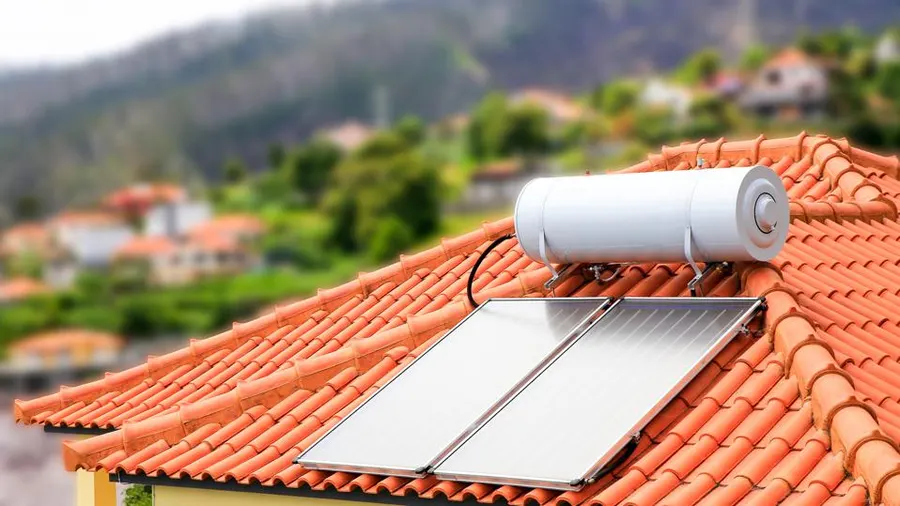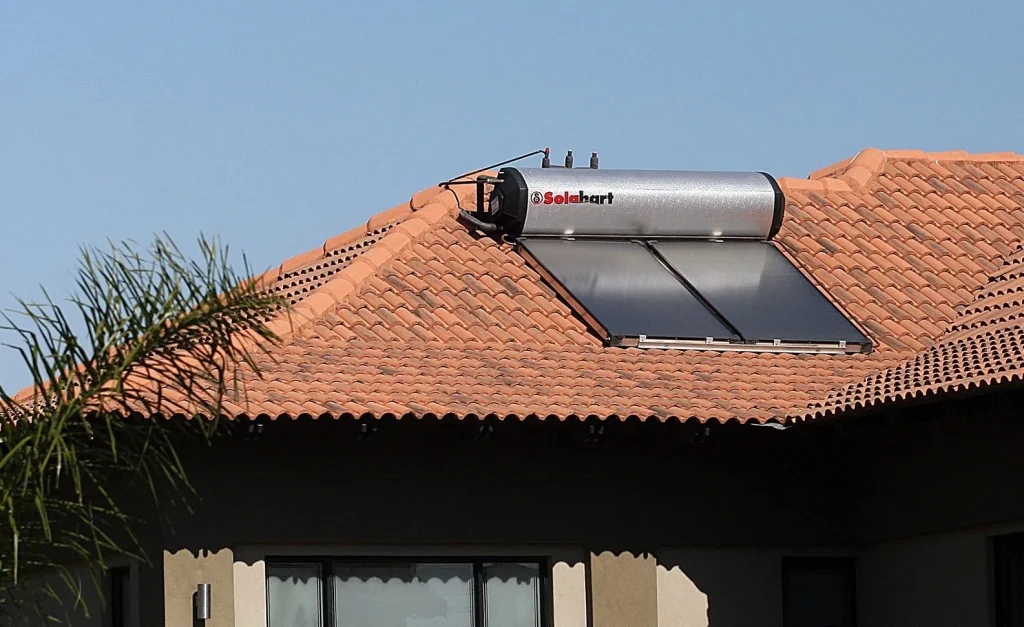Harness the Power of the Sun: A Guide to Solar Geyser Installation what you need to know
The rising cost of electricity and the increasing focus on sustainable living have made solar geyser installation a popular choice for homeowners. By harnessing the power of the sun, solar geysers provide an eco-friendly and cost-effective alternative to traditional water heating methods. In this blog article, we will explore the benefits of solar geysers and provide a comprehensive guide to help you understand the process of solar geyser installation.
Solar Geyser Installation: Everything You Need to Know

Solar geysers are a great way to save money on your energy bills and reduce your environmental impact. They use the sun’s energy to heat water, which means that you can heat your water without using any electricity or gas.
Solar geysers can be installed by a qualified solar installer. The installation process typically takes one to two days.
The solar installer will first need to assess your home to determine the best location for the solar geyser. They will then need to install the solar panels and the storage tank. Once the solar geyser is installed, the solar installer will test it to make sure that it is working properly.
Choosing the Right Solar Geyser for Your Needs
When choosing a solar geyser, you need to consider a number of factors, including:
- The size of your home: You need to choose a solar geyser that is large enough to meet the hot water needs of your home.
- The climate you live in: If you live in a cold climate, you will need to choose a solar geyser that is designed for cold weather operation.
- Your budget: Solar geysers can range in price from a few thousand dollars to several thousand dollars. You need to choose a solar geyser that fits your budget.
How much can you save on Solar 3kw and 5 kw full installation?
Benefits of Solar Geysers
Before delving into the installation process, let’s first understand the benefits of installing a solar geyser in your home:
Cost Savings: Solar geysers can significantly reduce your monthly energy bills as they rely on free and abundant energy from the sun. By utilizing solar power, you can potentially save on water heating costs and recoup your investment over time.
Environmentally Friendly: Solar geysers produce clean energy, reducing your carbon footprint and contributing to a healthier planet. By utilizing renewable energy, you can decrease your reliance on non-renewable resources.
Reliability: Solar geysers are designed to function even in cloudy or overcast conditions. With backup systems in place, you can enjoy hot water consistently, regardless of weather conditions.
Long-Term Investment: Installing a solar geyser adds value to your property, making it an attractive feature for potential buyers. Additionally, solar water heaters have a long lifespan, providing durable and reliable performance for years to come.
Solar Geyser Installation Process

Now let’s explore the steps involved in the installation of a solar geyser:
Assessment: A professional installer will assess your property to determine its suitability for solar geyser installation. Factors such as roof orientation, available space, and the water consumption needs of your household will be considered.
System Design: Based on the assessment, the installer will design a suitable solar geyser system, including the size and type of solar collector, storage tank, and other components required.
Obtain Permits: In some areas, permits or approvals may be necessary before installing a solar geyser. Your installer will guide you through the permit application process, ensuring compliance with local regulations.
Installation: The installation process typically involves mounting the solar collector on the roof, connecting it to the storage tank, and integrating it with your existing water heating system.
Plumbing and Electrical Work: Plumbing connections need to be made to ensure hot water flows efficiently throughout your home. Additionally, electrical connections may be necessary for backup systems or if you opt for a solar geyser with an integrated electric element.
Testing and Inspection: Once the installation is complete, the system will undergo testing and inspections to ensure proper functioning, safety, and compliance with local codes and regulations.
Maintenance and Monitoring: Regular maintenance, including cleaning the solar collector and checking system performance, is necessary to ensure optimal efficiency and longevity. Your installer can provide guidance on maintenance requirements.
Conclusion
Solar geysers are a great way to save money on your energy bills and reduce your environmental impact. If you are considering installing a solar geyser, be sure to do your research and choose a qualified solar installer.
Solar geyser installation is a smart investment that offers numerous benefits, including cost savings, environmental sustainability, and long-term reliability. By understanding the advantages of solar geysers and following the installation process outlined in this guide, you can make an informed decision and enjoy the many advantages of harnessing renewable energy. With a professionally installed solar geyser, you can enjoy hot water while contributing to a greener future.

